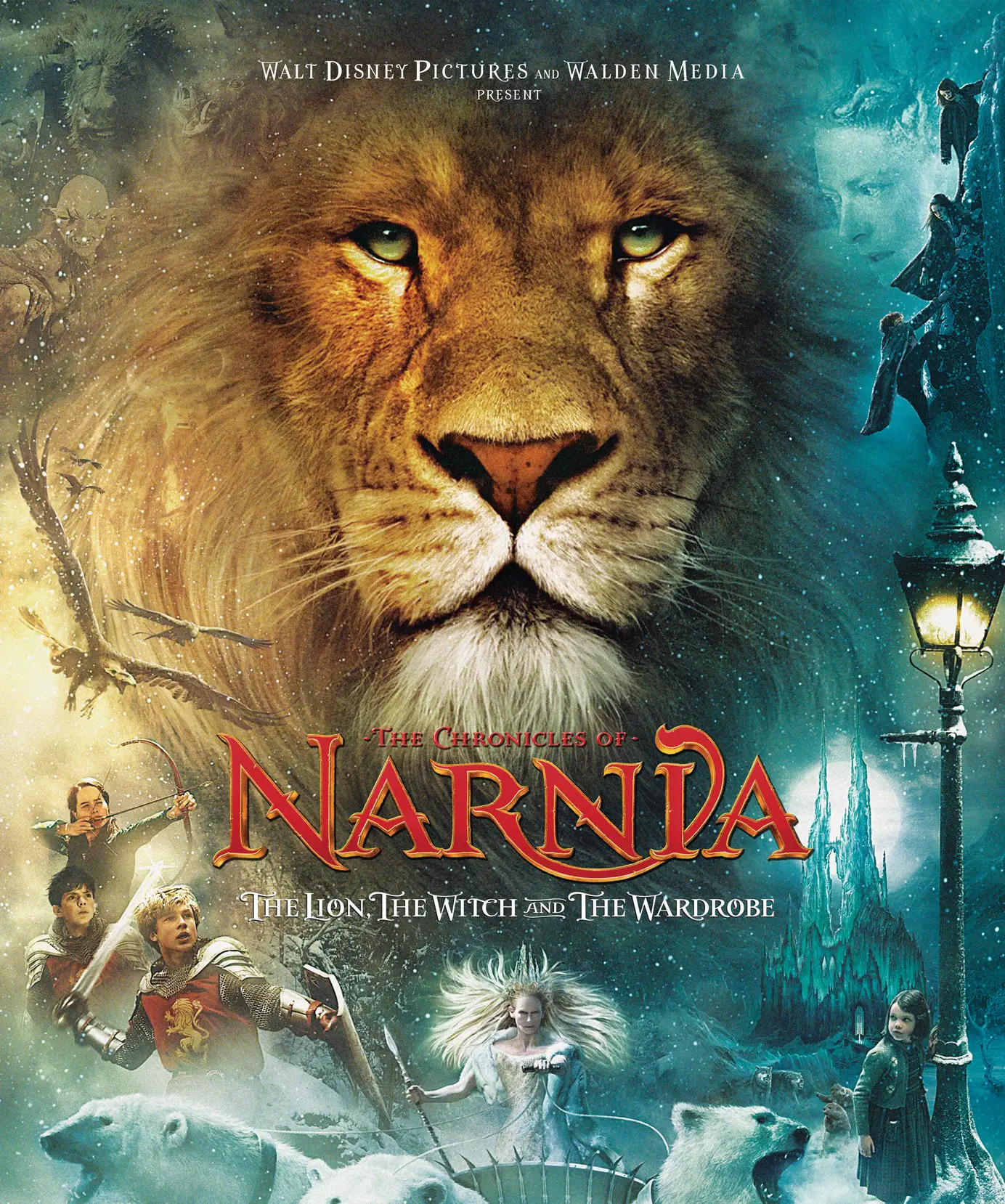
Understanding Print Design
Print design is a vital aspect of visual communication that employs a myriad of techniques to convey messages through tangible mediums. It encompasses a wide range of products, including magazines, brochures, posters, and packaging, all of which serve distinct purposes in conveying information or promoting brands. The significance of print design lies in its ability to engage audiences, evoke emotions, and establish brand identity through well-crafted visuals and typography.
At its core, print design relies on foundational principles that govern effective visual communication. Color theory is one such principle that involves not only the choice of colors but also their combinations and psychological impact on the viewer. By understanding color harmony and contrast, designers can effectively communicate emotions and set the tone of the printed material. Typography is another crucial element, as it aids in readability and helps to convey different brand personalities. Selecting appropriate fonts and ensuring typographic hierarchy enhances the overall message and ensures that information is accessible.
Layout and composition play significant roles in print design as well. A well-structured layout ensures that elements are organized logically, guiding the viewer’s eye through the information presented. The use of white space is just as critical, as it creates breathing room for the content and can enhance focus on key elements. Mastering these principles allows print designers to create visually appealing, informative, and effective designs. Understanding these foundational elements equips designers with the necessary skills to adapt and innovate in an ever-evolving field.
In exploring the evolution of print design, it is essential to comprehend how these foundational aspects have influenced trends and techniques over time, adapting to advancements in technology and shifts in consumer preferences.
Trends in Print Design
The landscape of print design is continuously evolving, shaped by various trends that reflect changing consumer preferences and technological advancements. One prominent trend is the resurgence of vintage design, which draws inspiration from past eras. Designers are incorporating retro typography, color palettes, and layout patterns to evoke nostalgia while providing a contemporary twist. This trend resonates particularly well with audiences seeking authenticity and a sense of connection to history.
Minimalism is another influential trend currently shaping print design. The principle of ‘less is more’ is prevalent, with designers opting for clean lines and ample white space to create a sophisticated look. This approach not only enhances visual clarity but also allows key messages to stand out. Brands are increasingly using minimalistic designs to communicate their identity effectively, resulting in print materials that are both aesthetically pleasing and purpose-driven.
In recent years, sustainability has gained traction within the print design industry. The demand for eco-friendly materials and processes has prompted designers to explore renewable resources and recycling practices. Companies are investing in sustainable print solutions, such as using biodegradable inks and recycled paper, to minimize environmental impact. This trend not only highlights social responsibility but also attracts environmentally-conscious consumers, increasing brand loyalty.
Lastly, the rise of interactive print media exemplifies the merging of traditional print with digital elements. By integrating QR codes, augmented reality (AR), and other interactive features, designers create engaging experiences that bridge the gap between the physical and digital worlds. This trend enhances audience engagement, allowing consumers to interact with printed materials in innovative ways, thus revolutionizing the conventional print design narrative.
Essential Techniques and Tools for Print Designers
Print design has evolved significantly over the years due to advancements in technology and design methodologies. A solid understanding of essential techniques and tools is crucial for print designers, whether they are just starting their careers or are seasoned professionals. Key software applications in the print design industry include Adobe InDesign, Illustrator, and Photoshop. Each of these tools serves a unique purpose and offers distinct advantages that can enhance a designer’s capabilities.
Adobe InDesign is often regarded as the industry standard for layout design, especially for publications such as magazines, brochures, and books. It allows users to work with multiple pages effortlessly, offers robust text handling features, and integrates well with other Adobe products. On the other hand, Adobe Illustrator excels at creating vector graphics and illustrations. This makes it an ideal choice for logo design, typography, and intricate patterns, giving designers the flexibility to scale their images without losing quality. Lastly, Adobe Photoshop is widely used for image editing and manipulation, allowing designers to prepare high-quality images for their print projects.
Beyond software, it is important to understand various printing processes that can influence the final output. Offset printing remains a popular choice for high-volume projects, combining excellent image quality and cost-effectiveness. Digital printing, while suitable for smaller runs, offers the advantage of quick turnaround times and customization options. Screen printing, often used for textiles and promotional items, delivers vibrant colors and is an effective method for producing bold designs. Familiarity with these printing techniques helps designers make informed decisions about their projects and predict how their designs will translate onto the printed page.
By mastering these essential tools and techniques, print designers can enhance their workflow, ensuring they meet the demands of any print project with expertise and creativity.
The Future of Print Design
The landscape of print design is evolving continuously, influenced by the rapid advancements in technology, particularly in the digital realm. As we gaze toward the future, it becomes evident that print design will not only adapt but thrive amidst an ever-growing digital presence. One of the prominent trends anticipated in this transformation is the integration of augmented reality (AR) with traditional print media. This convergence is expected to enhance user engagement by bridging the gap between physical and digital experiences. For instance, a printed advertisement could incorporate AR features that allow consumers to interact with the content via their smartphones, enriching their understanding and engagement with the brand.
Furthermore, the concept of personalized printing is set to gain considerable traction in the print design industry. With the vast amounts of data available today, designers can create highly customized printed materials tailored to individual preferences and behavioral patterns. This level of personalization not only offers clients distinct ways to connect with their audience but also enhances the overall user experience. From bespoke packaging designs to targeted marketing materials, personalized print will emerge as a powerful tool that fosters a deeper connection between brands and consumers.
Despite the proliferation of digital media, print design will maintain its relevance due to its unique tactile qualities and the sensory experience it offers. As digital screens become ubiquitous, consumers may seek refuge in the authenticity and craftsmanship that print provides. Designers, therefore, have the opportunity to innovate using sustainable materials and environmentally friendly practices, appealing to a more conscientious consumer base. As we move forward, the future of print design holds significant potential for creativity, enabling designers to navigate the intersections of technology and artistry while remaining attuned to the evolving needs of their audience.







